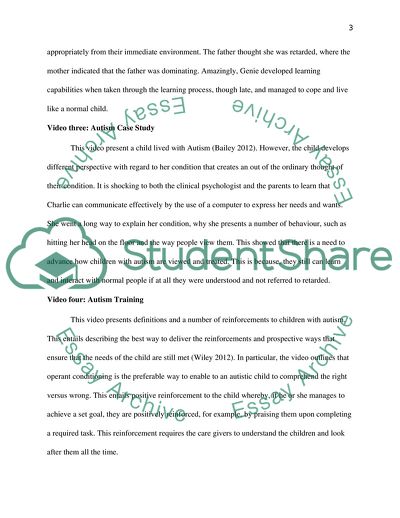Cite this document
(THE DEVELOPMENT OF MORALS AND INTELLIGENCE Coursework, n.d.)
THE DEVELOPMENT OF MORALS AND INTELLIGENCE Coursework. https://studentshare.org/psychology/1870812-the-development-of-morals-and-intelligence
THE DEVELOPMENT OF MORALS AND INTELLIGENCE Coursework. https://studentshare.org/psychology/1870812-the-development-of-morals-and-intelligence
(THE DEVELOPMENT OF MORALS AND INTELLIGENCE Coursework)
THE DEVELOPMENT OF MORALS AND INTELLIGENCE Coursework. https://studentshare.org/psychology/1870812-the-development-of-morals-and-intelligence.
THE DEVELOPMENT OF MORALS AND INTELLIGENCE Coursework. https://studentshare.org/psychology/1870812-the-development-of-morals-and-intelligence.
“THE DEVELOPMENT OF MORALS AND INTELLIGENCE Coursework”. https://studentshare.org/psychology/1870812-the-development-of-morals-and-intelligence.


